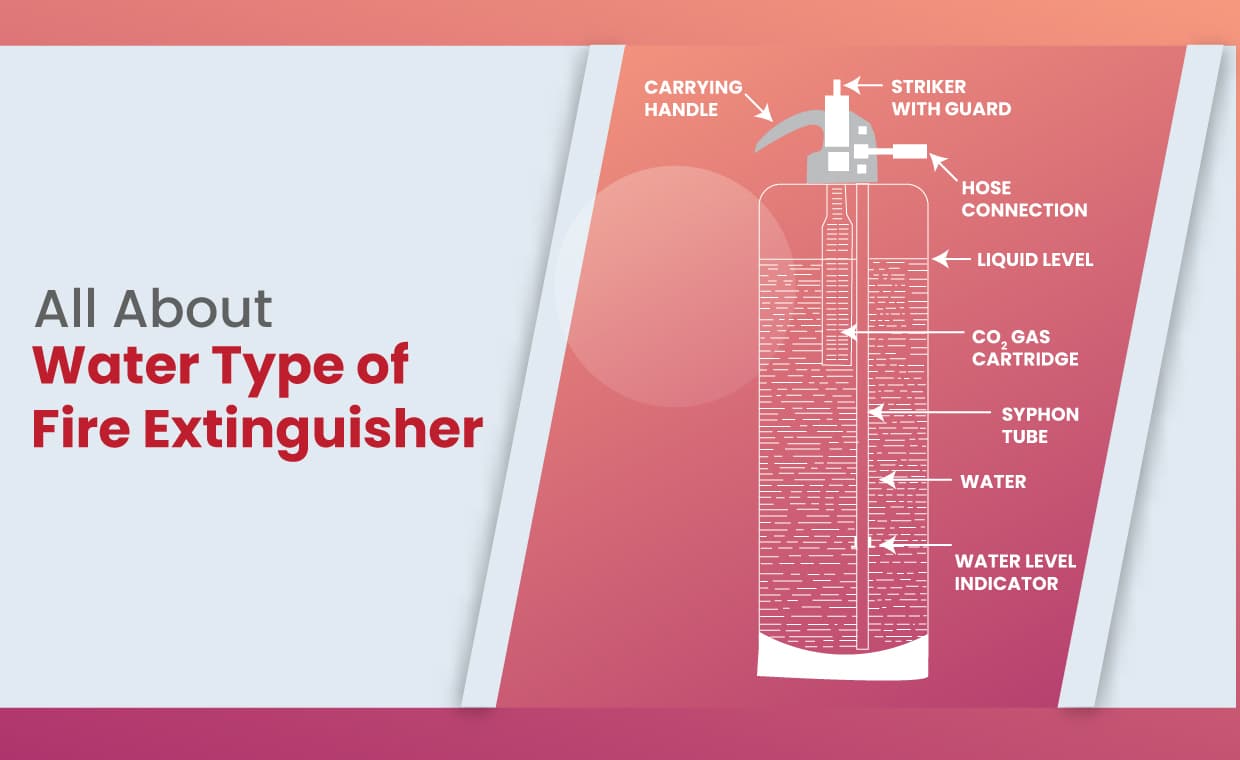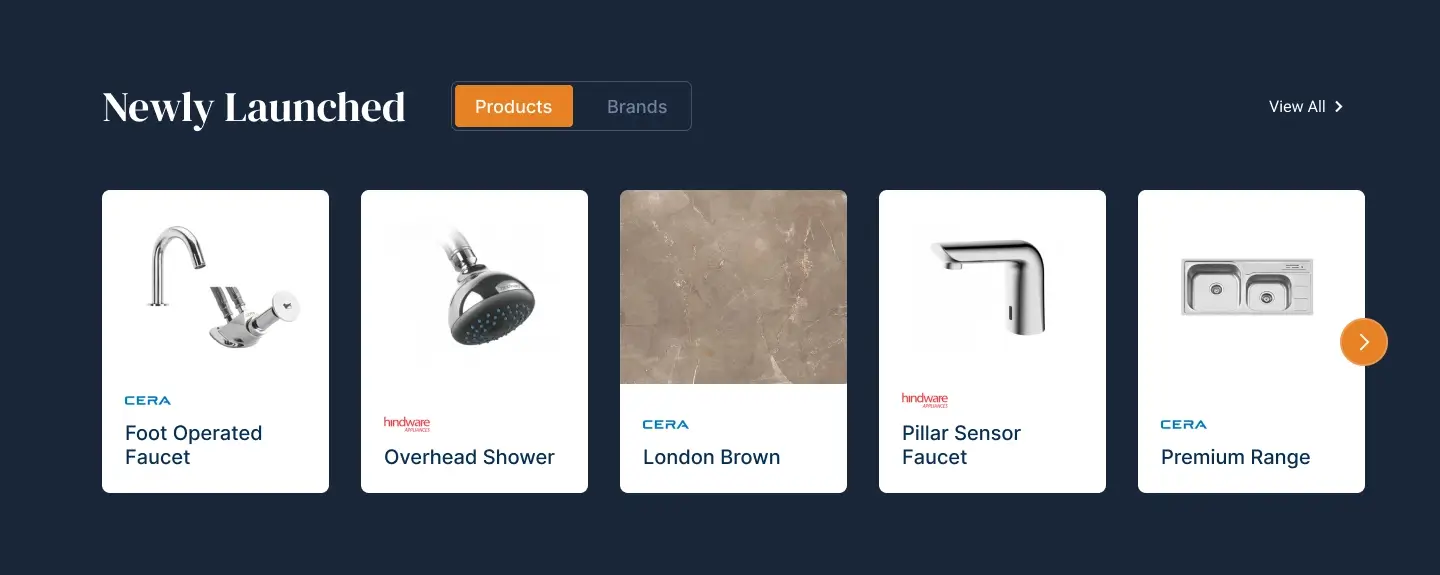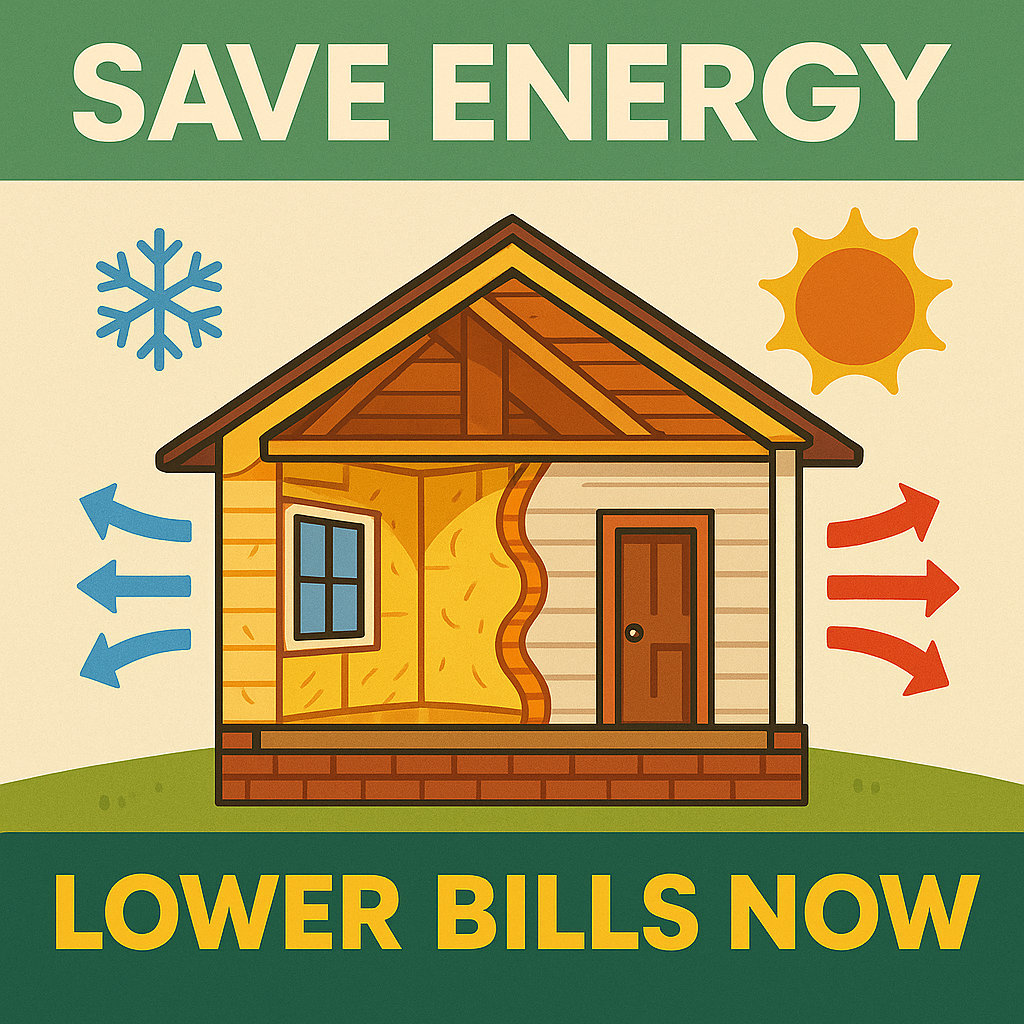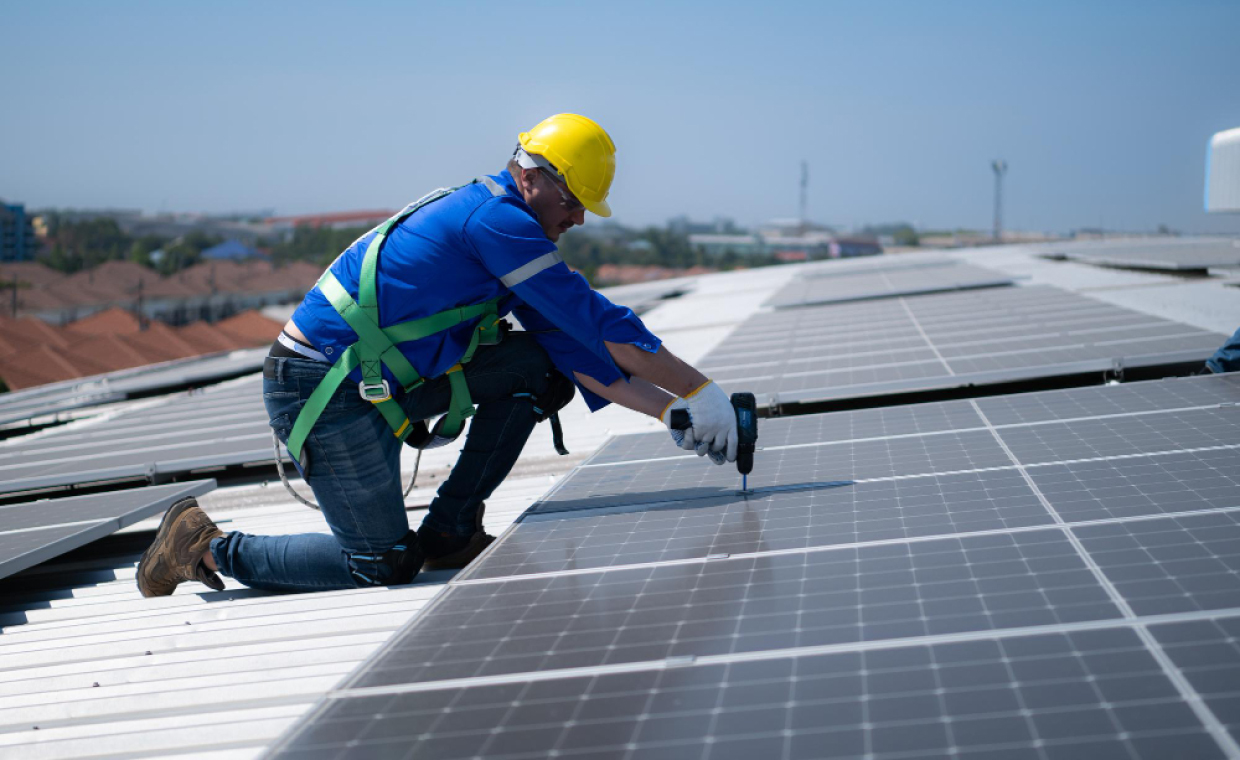
Table of Contents
A fire extinguisher is a portable firefighting device that can be moved manually to the fire. It contains fire-extinguishing material and is specially designed to tackle fires in their initial stages. Among the many options available in the market, water-type fire extinguishers are the most commonly used. They are extremely popular because they are easy to use and provide a cost-effective way to combat fires fuelled by solid materials such as paper, wood, textiles etc.
There are two types of water-type fire extinguishers based on their operational method:
1. Water (Gas cartridge) type extinguisher
2. Water (Stored Pressure) extinguisher
Also Read: Fire Extinguisher – Types & All Info You Need to Know
Water-Type Fire Extinguisher (Gas Cartridge)
This type of extinguisher uses water as an extinguishing material. A pressurised CO2 gas cartridge stored inside the body of the extinguisher releases pressure. One has to puncture the cartridge using a knob at the top of the extinguisher to release the gas from the cartridge. This forces the water out of the nozzle in the form of a small jet, which is directed to the flames.
The water-type extinguisher holds 9 litres of water when filled to the specified level. The gas cartridge is fixed on a holder, which is attached to the cap of the extinguisher. The maximum amount of gas in the cartridge is 60 gms for a 9-litre extinguisher.

Water-Type Fire Extinguisher (Stored Pressure)
This type of extinguisher uses water as an extinguishing material. Dry air, pressurised up to 10 bars creates pressure, which is stored inside the body of the extinguisher. The air can be supplied either by compressed air cylinders or by a specific type of pump. A safety pin, lever arm, and hose are provided at the top of the extinguisher. By removing the safety pin and depressing the valve lever arm, the hose can be used to direct the water jet. This extinguisher also holds 9 litres of water when filled to a specified level.
How to Use the Extinguisher?

The extinguisher usage involves the PASS technique, which is:
- Pull the pin.
- Aim it at the fire.
- Squeeze the handle.
- Sweep from side to side.
When to Use the Water-Type Fire Extinguishers

Contrary to the general belief that water-type fire extinguishers are highly effective in controlling fire, the fact is that they cannot control different types of fire. The situation may worsen if someone uses this extinguisher without knowing where it works the best. This type of fire extinguisher is best suited to handle fires caused by solids like wood, paper, and other organic materials. Never use this extinguisher on electrical fires because water is a conductor of electricity. If used to extinguish electrical fire, the damages may be widespread. Hence, it is a good idea to couple the water extinguisher with a CO2 fire extinguisher, which is highly effective in electrical fires.
Advantages of Water-Type Fire Extinguisher
- Cost-effective
- Simple and easy to use
- Eco-friendly and safe for operators as it is free from chemicals
- Its cooling properties control the flames rapidly
- Minimal to zero clean-up required after use
- Best for domestic and commercial setups
Disadvantages of Water-Type Fire Extinguisher
- Cannot handle electrical fires
- Restricted usage
- High chances of freezing in low-temperature
- Unsafe for use in cooking fires as it involves oils and fats.
Now that the article has given you an insight into water-type fire extinguishers, we hope you are in a better position to understand the equipment and use it safely and wisely.
Also Read: Learn to Handle Household Fire: Causes & Preventions!






























